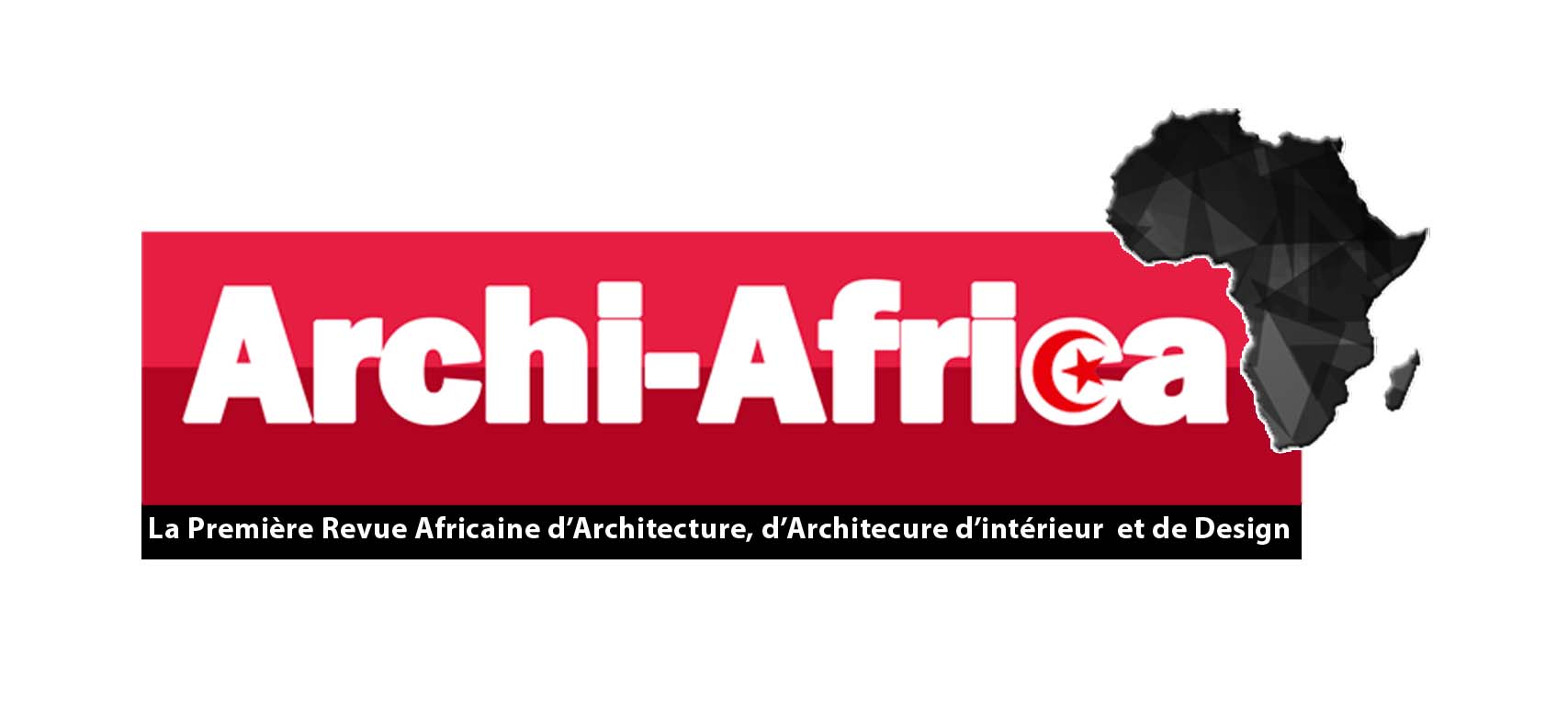
Founder AND partner
Ghaith Aouadi
Franco-Tunisian, he moved to Paris since he had her second master’s degree in Design from the Grenoble school of Architecture but he is basically an interior Architect with a master’s degree in interior architecture from the School of Fine Arts in Tunis in 2006.
He started his professional career in Doha, Qatar 2007 , a construction company where he managed the interior design sector and designed hotels, villas and private flats.
With this experience and back in Tunis in 2010, he enters a new experience and launches his own company ‘I-Archi‘ an interior design and communication agency, between Tunis and Paris for which he develops these spatialities that relies on listening and exchange, in order to best define the needs of its customers according to their lifestyle, their daily life and adapt to all budgets.
To enrich his knowledge and be up to date with the new generation in his profession, in 2013 he took the position of Teacher at UC.com ‘Université Central Com Tunisie‘ for the Specialty Workshop of Interior Design.
After all these successful Experiences, he engaged in a new challenge that of improving the profession of interior architect in Tunisia, then he decided to register in the elections of December 2017 of the National Syndicated Chamber of Interior Architects of Tunisia ‘C.S.N.A.I.T.’ and he was elected the President of the chamber for five years.
Since the elections, he tries to work the community of interior architects where he organizes the first African Architecture Fair ‘Archi Africa‘ which was a moment of African unity in the search for solutions based on architecture, interior architecture and design and to bring together these different stakeholders around the same objective: To define a plan of action for partnership and collaboration to harness the power of design, architecture, interior architecture and urban planning to meet the current challenges of the economy, culture, environment and society.
And after all these major events in his career, he never stopped advancing in his field so he decided to found with a wonderful team of researchers the first African journal of architecture and design ‘Archi-Africa‘.
Our
academic Team

EDITORS IN-CHIEF , Tunisia
Nadia Rassas
Interior Architect, PHD in Sciences and Techniques of Arts and University professor in Tunisia.

EXECUTIVE EDITOR, Jordany
Mohammad Baibars
Engineer, Architect, PHD Candidate and Assistant at the American University in Cyprus.

EDITORIAL BOARD , Tunisia
Iness Ouertani
Architect, PHD in heritage sciences, history of architecture, University professor in Tunisia

EDITORIAL BOARD, Niger
IBRAHIM SANOUNOU
Architect, founder of Pyramid Design, Niger.

EDITORIAL BOARD, R.Congo
Espérance Chancelle
Architect and Director of Architecture at the Ministry of Construction, Urban Planning and Housing, R. Congo

EDITORIAL BOARD, Ivory Coast
Maître Parfait DALI
Architect at AfricaWorks, Abidjan, Ivory Coast.

EDITORIAL BOARD, Ivory Coast
BAMBA VASSEDOU
Urbaniste, Technical director of AGEPIM, Ivory Coast

EDITORIAL BOARD, ITALY
Daniel Emanuel
Architect, FG ARCHITECTURES, Italy.

EDITORIAL BOARD, SPAIN
Francisco VALIENTE
Architect, FVAI structures architectures, Spain


